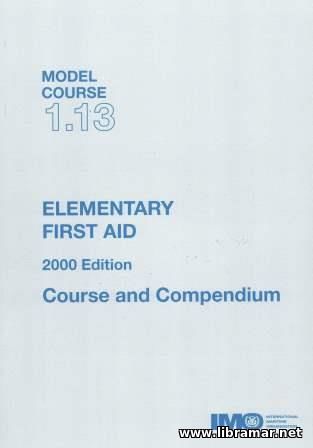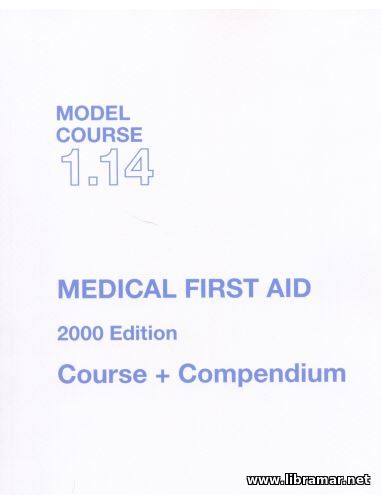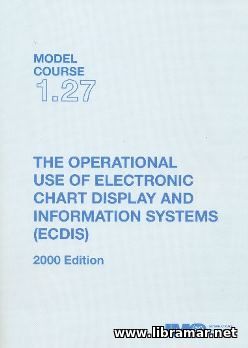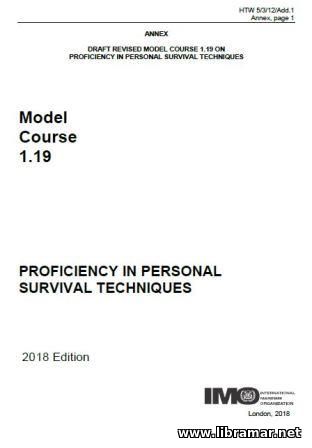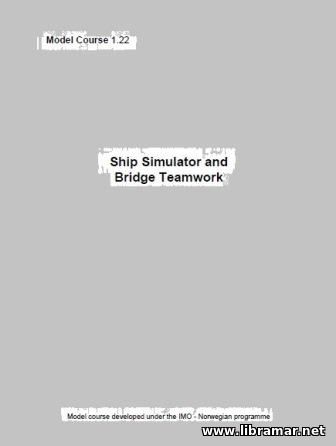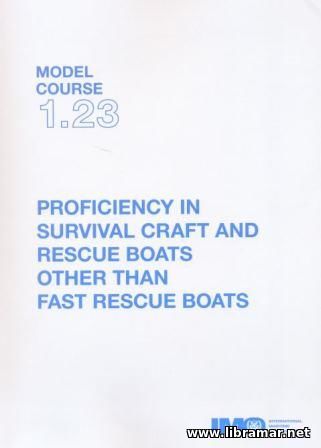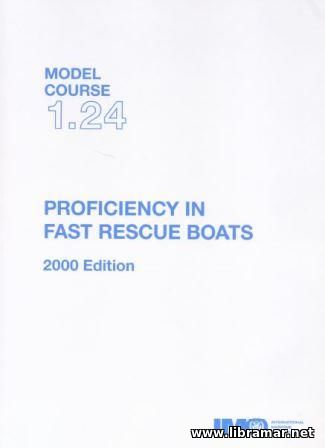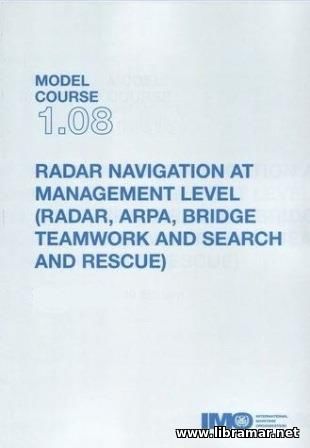
The ultimate aim of the present IMO Model Course 1.08 is to provide trainees with the knowledge and information required to meet the minimum established standards related to the seafarers competence in maintaining the safe navigation using the info obtained from the maritime navigation equipment installed on board as well as the systems intended to assist.
The content of the training course will give trainees the information on the proper use of the shipboard radar, AIS and ARPA/TT; they will also get to know more about the bridge teamwork and SAR operations. Note that the present course takes account of the other two courses, namely nos. 1.07 and 7.03, and we recommend that you check both of them for better training results.
The course also features the coverage of the analysis and application of the radar resources for the better management of decision making, paying due attention to the safety of navigation and effective SAR operations. The trainees who have successfully completed all parts of this course will be considered familiar and knowledgeable about all aspects of the radar navigation at management level, including the operation and use of all associated equipment.
